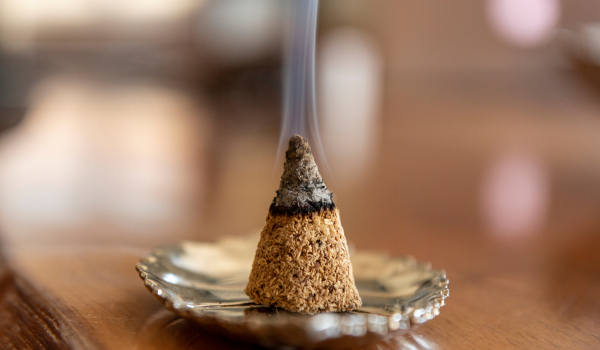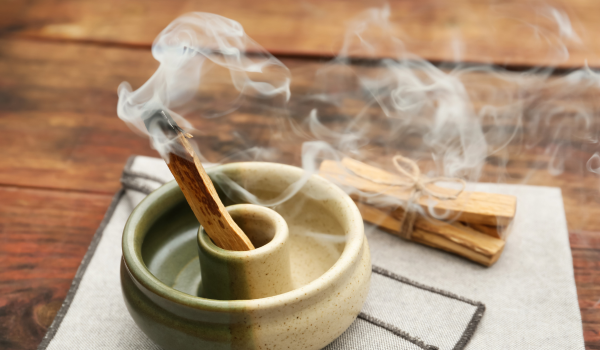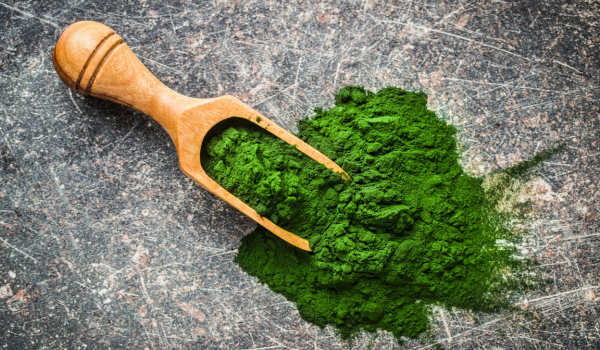
What Is Palo Santo
Palo santo, scientifically known as Bursera graveolens, is a small tree or shrub native to South America, including Peru, Ecuador, and Venezuela. Its name translates to “holy wood,” reflecting its historical use in spiritual rituals, cleansing ceremonies, and traditional medicine. The wood contains aromatic resin, making it ideal for incense sticks, essential oils, and resin products.
Traditionally, palo santo has been used to treat pain, reduce stress, drive away negative energies, and even repel mosquitos. While scientific research on its benefits is still limited, preliminary studies show that its compounds, such as limonene, may provide pain relief, relaxation, and natural insect-repelling properties.
May Help Manage Pain
In native cultures, palo santo has been used to alleviate symptoms like arthritis pain, sore throats, headaches, and muscle aches. Recent research suggests that limonene, a chemical found in palo santo oil, may contribute to its potential pain-relieving effects. Limonene is also present in citrus peels and has been studied for its anti-inflammatory and analgesic properties.
However, while promising, more research is needed to confirm its effectiveness as a pain treatment in humans. It may serve as a complementary option alongside conventional therapies but should not replace medical advice or prescription treatments.
May Repel Mosquitos
Palo santo has long been utilized to repel mosquitos and other insects. Limonene in the wood and essential oils is believed to be the active component that deters pests. Early studies have shown that limonene can act as a natural insecticide, though more research is required to confirm its effectiveness as a safe mosquito repellent.
Using palo santo incense or essential oils may provide a pleasant, aromatic alternative to chemical repellents, especially for those seeking natural methods in their homes or during outdoor activities.
May Promote Relaxation
Burning palo santo or using its essential oil has traditionally been associated with meditation, spiritual ceremonies, and relaxation. Aromatherapy research suggests that inhaling pleasant scents can activate the olfactory system, triggering the body’s relaxation response.
People report feelings of calmness, reduced stress, and mental clarity when using palo santo during meditation or yoga sessions. While scientific evidence is still limited, anecdotal reports support its use as a tool for enhancing mindfulness and creating a peaceful environment.
How To Use Palo Santo
Palo santo can be used in multiple forms, including incense sticks, resin, and essential oil. Common uses include:
-
Burning sticks or resin: Often used to clear negative energy, provide a calming atmosphere for meditation, or repel insects. Traditionally, three sticks may be burned simultaneously, with one stick lasting 50–90 minutes.
-
Diffusing essential oil: Place a few drops in a diffuser to scent a room and promote relaxation.
-
Topical use: When mixed with a carrier oil, palo santo oil can be applied to the skin for minor pain relief or antimicrobial effects. Note: Human studies on these effects are limited.
When using palo santo for the first time, start small to gauge your body’s response and always follow safety guidelines for burning incense or applying oils.
Safety and Precautions
While generally safe in moderation, palo santo products may pose some risks. Consider the following:
-
Patch test: Apply a small amount of diluted essential oil to your skin for several days to check for irritation.
-
Fire safety: Keep incense or resin at least 12 inches away from flammable materials, use a sturdy surface, and never leave burning incense unattended.
-
Ventilation: Use in well-ventilated areas to reduce inhalation of smoke.
-
Avoid inhalation risks: Prolonged exposure to smoke can irritate lungs, nose, and throat, and may increase risk for respiratory issues or allergies.
Other Risks to Consider
Burning palo santo produces smoke containing carbon dioxide, carbon monoxide, sulfur dioxide, and other chemicals. Chronic exposure may lead to respiratory irritation, allergies, or worsen asthma. Some research even compares incense smoke to passive smoking in terms of potential risk.
Topical use should also be monitored carefully, as concentrated essential oils can cause skin irritation. Always consult a healthcare provider if you have underlying health conditions before using palo santo for medicinal purposes.
Sustainability and Ethical Considerations
Palo santo (Bursera graveolens) is currently listed as “least concern” by the IUCN, but sustainable sourcing is crucial due to threats from deforestation and habitat loss. Tropical dry forests, where palo santo grows, have already lost 95% of their original ecosystem.
Look for ethically sourced products with certifications such as:
-
Certified sustainable: Environmentally responsible practices.
-
Fair trade: Ethical treatment and living wages for workers.
-
Cruelty-free: No animal testing.
-
Certified B corporation: Socially and environmentally conscious practices.
Avoid products from endangered species or uncertified sources. This ensures protection of ecosystems and local communities.
A Quick Review
Palo santo is a South American tree used for centuries in spiritual, medicinal, and relaxation practices. While evidence is limited, it may help with pain relief, mosquito repelling, and promoting relaxation.
Use palo santo products safely by patch-testing oils, ensuring proper ventilation, and following fire precautions. Always seek ethically sourced products, and consult healthcare providers for medical conditions before use.






.png)

























